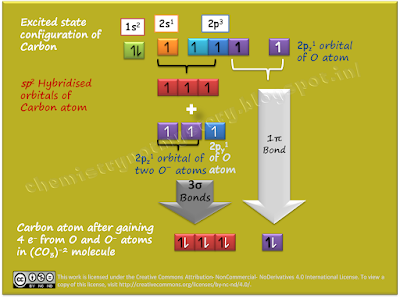In this post we will study the molecules which possess Hydrogen bonds. First we will list out the specifications needed for making Hydrogen bond. It is formed between partially negative atom and partially positive Hydrogen. That means molecule must have:
- Hydrogen as one of the bonded atoms.
- Considerable electronegativity difference between Hydrogen and the atom directly bonded to it. That means covalent bond between Hydrogen and other atom must have polar character.
Molecules in which Hydrogen is directly bonded to Nitrogen, Oxygen or Fluorine are likely to form Hydrogen bond. Let’s take examples of such molecules.
In Hydrogen fluoride HF, Hydrogen is directly bonded to Fluorine. There is considerable electronegativity difference between H and F which makes their bond polar and develops partially negative charge on F and partially positive charge on H. Fluorine has 3 sets of lone pairs and so it shares its one set of lone pairs with electron deficient Hydrogen and makes a Hydrogen bond.
In ammonia, NH3, more electronegative N pulls bonding pairs from all three bonded Hydrogen atoms and makes them electron deficient which develops partially positive charge on H atoms and partially negative charge on N atom. You may think that in NH3 molecule N of one molecule can form Hydrogen bond with H of three different molecules. In NH3 molecule three electron deficient Hydrogen atoms are available for bonding but N is running short of lone pairs of electrons because it has only one set of lone pair so it can bond with only one H.
Now you can understand why hydrogen bond gives a number of unique qualities to water. Because in water molecule Oxygen has two sets of lone pair and also have two electron deficient Hydrogen atoms available for bonding. It is the perfect arrangement for hydrogen bonding.
In the above examples hydrogen bond is formed between two or more molecules, that’s why it is called Intermolecular hydrogen bond. Is it possible for a molecule to form Hydrogen bond even if it doesn’t have H directly bonded to electronegative element? In the next post we will try to solve this mystery.





























